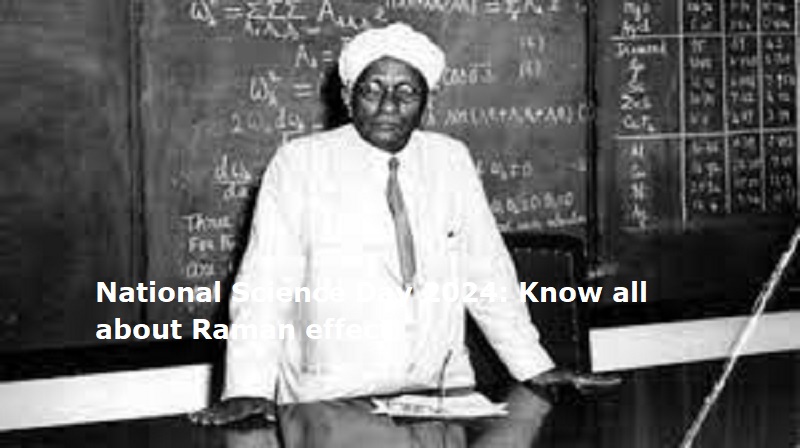
New Delhi: National Science Day is observed every year on February 28. The day is celebrated to commemorate the discovery of the ‘Raman Effect’. Indian physicist Sir C. V. Raman invented the ‘Raman Effect’ on 28 February 1928. For his discovery, Sir C.V. Raman was awarded the Nobel Prize in Physics in 1930. The government of India honoured him with the Bharat Ratna in the year 1954.
Dr CV Raman was a renowned scientist who had a bachelor’s and master’s in Physics from the Presidency College in Madras. The Raman effect is a phenomenon in which light undergoes a change in wavelength as it passes through a medium.
Also Read: Practice these yoga asanas for better sex life
When molecules deflect light beams, the Raman Effect occurs, which causes a change in wavelength. When a beam of light traverses a dust-free, transparent sample of a chemical compound, a small fraction of the light emerges in directions other than that of the incident (incoming) beam. Most of this scattered light is of unchanged wavelength. There is, however, a small portion that has wavelengths different from those of the incident light; this is due to the Raman effect.
This change in energy and wavelength is caused by the interaction of light with the vibrational modes of the molecules in the medium. When the incident light interacts with the molecules, it transfers some of its energy to the molecules, causing them to vibrate. This vibration results in a shift in the energy and wavelength of the scattered light.
The Raman effect is particularly useful in identifying the molecular structure and composition of a substance. By analyzing the changes in the energy and wavelength of the scattered light, scientists can determine the types of molecules present in the medium and their relative concentrations. This technique is widely used in fields such as chemistry, biology, and materials science.

Post Your Comments